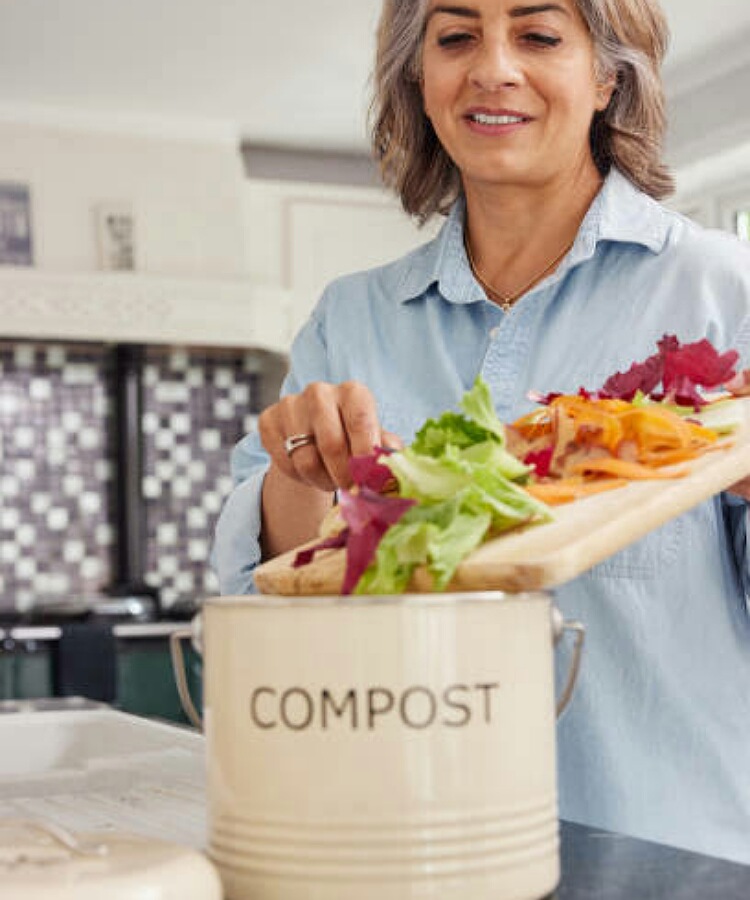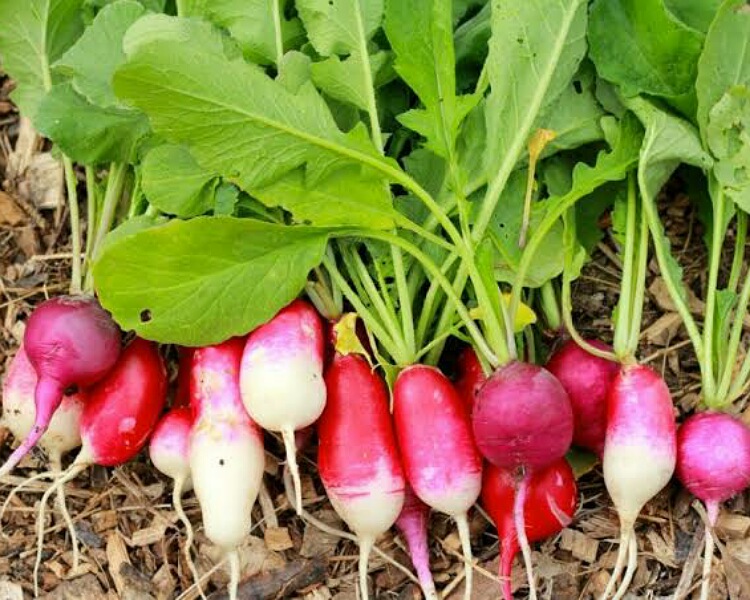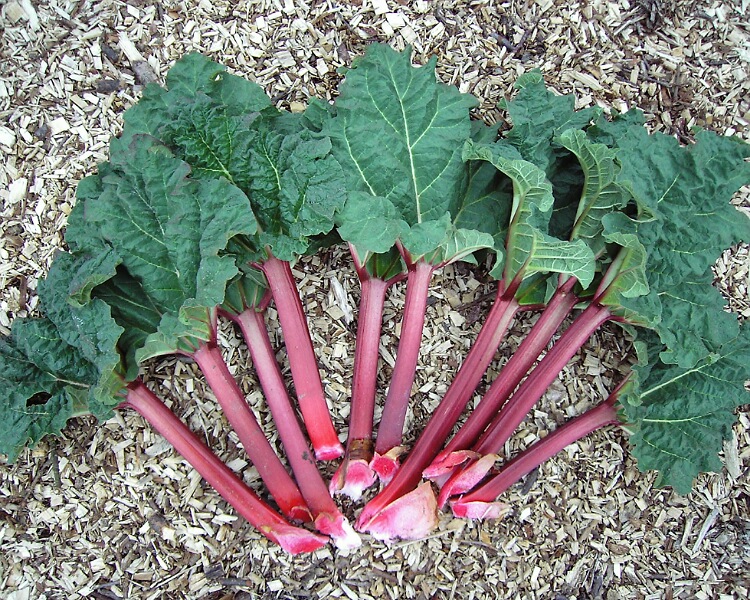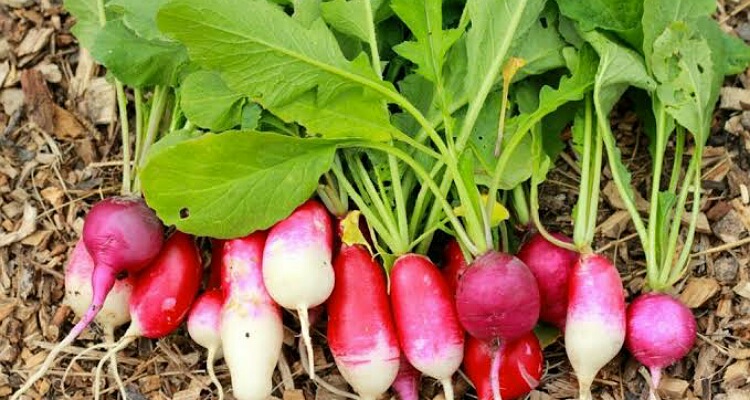Reducing food waste is good for environment. Often, eco-conscious people compost the food waste. But do you know that many of the food parts that we throw away can actually be edible and put to another good use?
Food waste and universe
Food waste is what is leftover after we cook food dishes. But often, this waste is in large amounts. It goes in landfills, decomposes and stinks. It is best to compost this waste from foods and use this compost to fertilize crops.
But the best option is to try to reduce the amount of waste produced while cooking. You will surprised to know that many of the food parts that you are throwing into the bin can actually be useful in other ways. One can eat it or put it to other use.
Vegetable scrapings

We often do not eat peels and skins of vegetables and discard them. But they have nutrients such as fiber, minerals and vitamins in potato peels. One can cook vegetables with the peels on. But if you want to peel the vegetables, collect the peels in a plastic bag and put them in the freezer. When the bag is full, put the peels in a container, add water, spices and salt and simmer this for some time. This will form a vegetable stock that you can add to vegetable curries and get nutrition.
Chicken and turkey bones
Chicken and turkey bones are useful. Take these bones, add water and herbs, spices, onion, and carrot and boil this mixture. It will yield a broth or chicken stock that you can add to soups or other food preparations and make them delicious and nutritious.
Stale bread
Stale bread (but not moldy) bread is useful. You can make it into fresh breadcrumbs, or bake in oven and make croutons or add it to bread puddings or use it in stuffings.
Greens of radish, turnips, and beets

Everyone knows about radish, turnips, and beets. These are root vegetables and rich in nutrients. But do you know that their greens are also edible? Do not throw away the greens. One can add them to salads or soups. Sautee with garlic, onion, spices and a little olive oil to enhance their flavor.
Tender baby turnip greens are milder. You can add them to soups, salads, and put them in sandwiches. The mature leaves are more bitter and it is best to cook them until they are wilted.
Fennel fronds
Compared to the fennel bulbs, the fennel fronds are milder with a licorice flavor. You can chop and use it to garnish soups and salads. You can add it to fish dishes or curry dishes. They increase the taste and aroma.
Spring onion tops
Do not throw away onion greens. They come with a mild onion flavor. You can put them in a fresh salsa or chop, mix them with cream cheese and spread it over crackers for that wonderful taste.
But there are two food parts that you should never consume. These are rhubarb leaves and green potatoes.

The rhubarb stems are edible but when it comes to their leaves, they can be dangerous. The leaves of rhubarb have lots of oxalic acid in them. Furthermore, they also contain certain poisons that can produce illness if ingested in greater amounts. The symptoms could be difficult breathing, seizures, coma and even death can ensue.
Read more: Banana peels: know all the uses and benefits of this food waste!
White potatoes or red potatoes are safe to eat. But green potatoes or green parts of potatoes are unsafe. These areas are high in solanine and this substance can lead to nausea, vomiting, headache, and some neurological problems. Throw away such potatoes or remove the green areas if these are present in some amounts on the potatoes.
